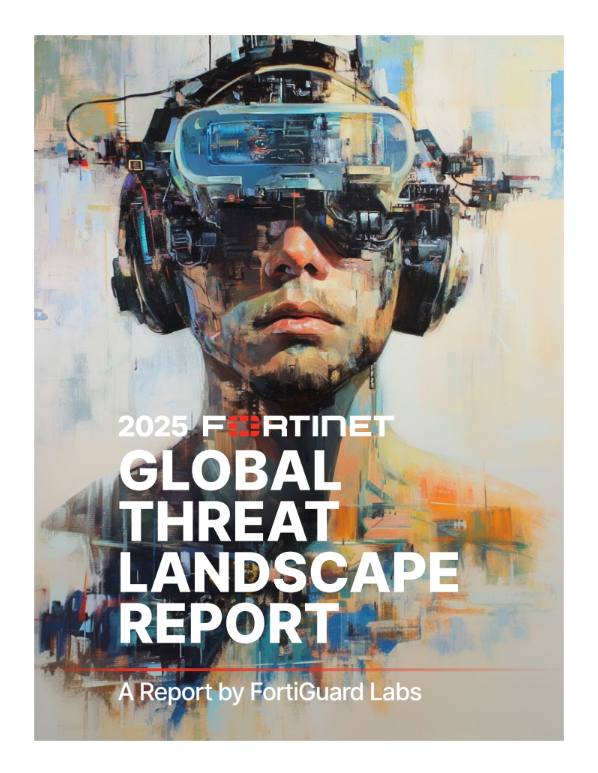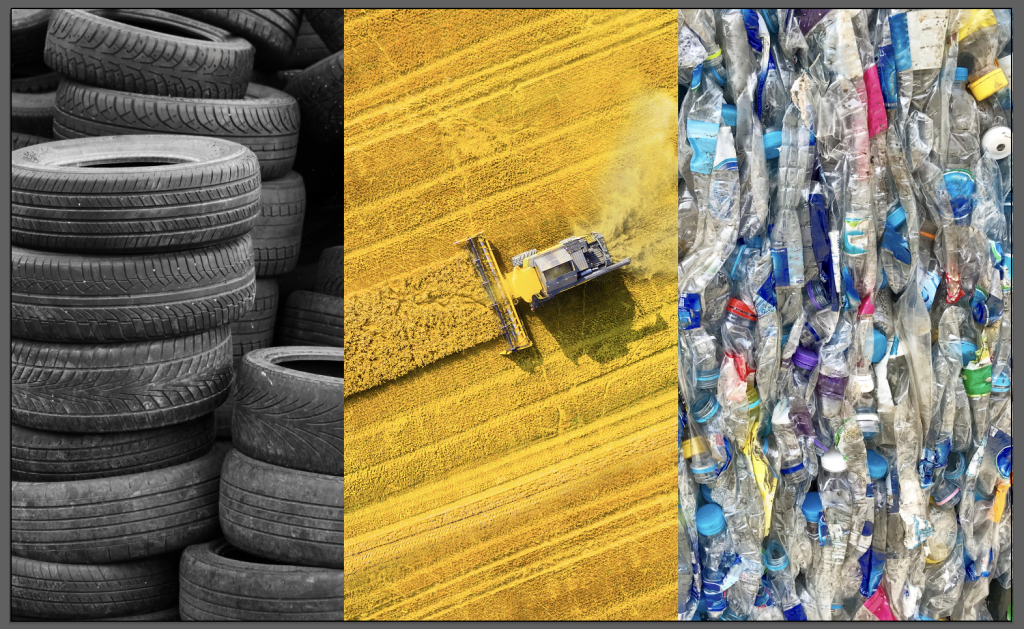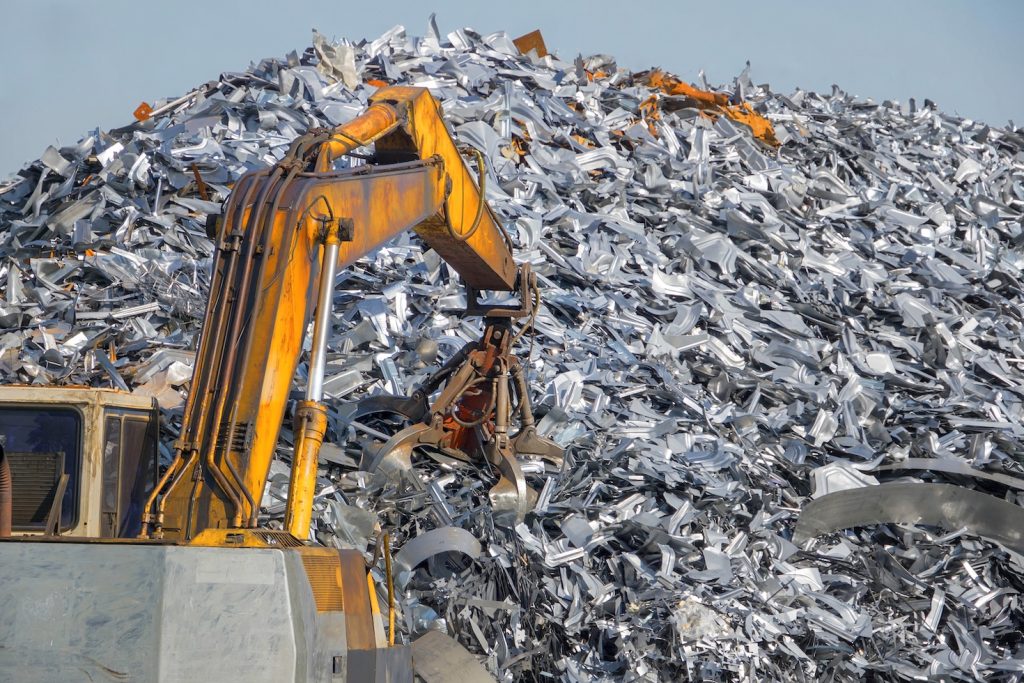Now Reading: Fortinet’s 2025 Threat Report Makes the Case for Proactive Exposure Management
-
01
Fortinet’s 2025 Threat Report Makes the Case for Proactive Exposure Management
Fortinet’s 2025 Threat Report Makes the Case for Proactive Exposure Management

Fortinet’s 2025 Global Threat Landscape Report reveals that attackers are becoming faster and more precise, leveraging automation, AI, and a thriving underground market for stolen credentials. Key findings include the increased speed and reach of attackers, prompting organizations to shift to proactive exposure management rather than reactive defense.
Automated tools like FraudGPT, BlackmailerV3, and ElevenLabs are now being used to create malware, deepfake videos, phishing websites, and synthetic voices, enhancing the scalability and effectiveness of cyber campaigns. FortiGuard Labs has noticed a 42% spike in compromised credentials for sale, with a surge in Initial Access Broker (IAB) activities offering VPNs, RDPs, and admin panels. Infostealers like Redline and Vidar have led to a 500% increase in credential logs on darknet forums.
The report emphasizes that adversaries often exploit cloud environments through exposed credentials, phishing attacks, and misconfigured cloud authentication settings. To stay ahead of attackers, organizations need to anticipate and counter their moves proactively, as traditional security measures are no longer sufficient.
CISOs are urged to act promptly to reduce risks, fortify defenses, and address exposure vulnerabilities before attackers strike. Fortinet’s report advocates for a shift towards proactive exposure management, encompassing not only systems and services but also personnel.
The Black Basta leaks have underscored the danger of employee and executive Personally Identifiable Information (PII) appearing on data broker sites as part of the enterprise’s attack surface. This exposure enables phishing and infostealer deployment, leading to potential compromise. With AI and automation empowering attackers and scaling phishing attacks, organizations must minimize their data broker exposure as a proactive security measure.
For more details, you can access the full report at Fortinet 2025 Global Threat Landscape Report.





